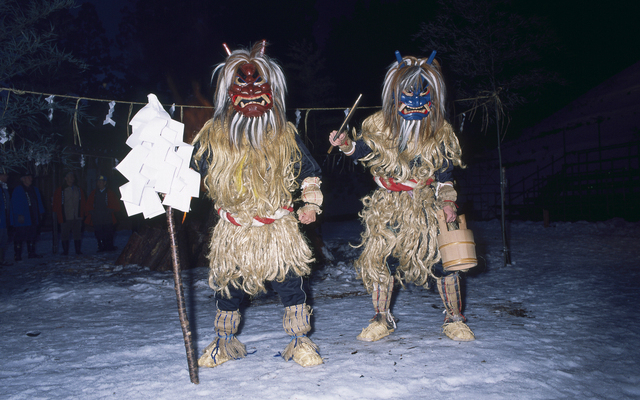
Source: 今井 空 / PIXTA(ピクスタ)
Wearing a Mask to Terrify Children Recognised by UNESCO as Intangible Cultural Heritage of Japan
- Source:
- UNESCO
- Tags:
- Festivals / Matsuri / namahage / Traditional
Related Article
-
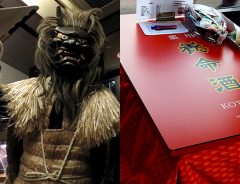
Stay Warm And Entertained In Winter Aboard The Yomeishu Kotatsu Train
-

Experience All the Charm of Japan in a Traditional Ryokan Hotel[PR]
-
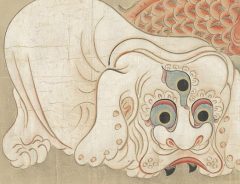
Yokai: 6 Bizarrely Specific Demons From Traditional Japanese Folklore
-
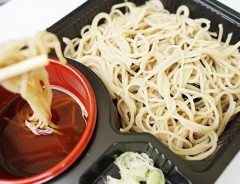
The Oedo Soba And Sake Festival Proves That There’s More To Soba Than You May Think!
-

Returning for the first time in 2 years! Sanrio Puro Summer Fest 2021
-
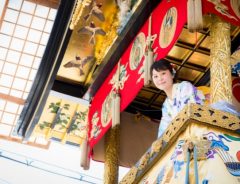
Recommendations of major summer festivals in Kansai that you shouldn’t miss


Japan is not a country short on UNESCO World Heritage Sites, Properties and Cultural Heritages. In the most recent additions to the list of UNESCO Intangible Cultural Heritages, a rather frightening tradition has recieved recognition.
‘Raiho-shin’ is the Japanese folk tradition of local people dressing up like deities, with outlandish costumes and genuinely scary masks. They then go into town, or even enter neighbourhood homes, scaring children into being good for the rest of the year.
The ritual takes place in various forms in several areas of Japan, especially in the Tohoku, Hokuriku, Kyushu and Okinawa regions. Often, they celebrate the new year or a change in seasons.
Namahage and Other Variations on the Raiho-shin Ritual
In Akita prefecture and other northern areas, the visitors are called namahage. On New Year’s Eve, men dress in straw capes and terrifying masks and do a round of the neighbourhood, entering homes looking for naughty children. The namahage can be abated with gifts like mochi or sake.
The Paantu festival is an annual event that takes place on Okinawa’s Miyako Island. Local men dress as supernatural beings called paantu, who bring luck and chase away evil spirits. The paantu cover themselves in vines, leaves and mud, then spread the sacred mud on the townspeople. This is a terrifying experience for small children, but parents offer them up to the paantu to get a smear of the lucky mud.
Koyaura in Hiroshima take it one further with their Autumn festival, demons known as Makka chase kids around and give them a whack with a stick, the folk belief is that this will ensure good health for the coming year.
The rituals themselves may vary, but the main thing they have in common is dressing up as a deity, demon or ogre and scaring children into being good. UNESCO wrote that,
‘By performing the rituals, local people – notably children – have their identities moulded, develop a sense of affiliation to their community, and strengthen ties among themselves. In accordance with their ancestors’ teachings…’
Despite the variations, the Raiho-shin rituals are inextricably linked to the local culture and shared identity of the regions that practice them. Proof that scaring kids is actually an important part of Japanese culture!